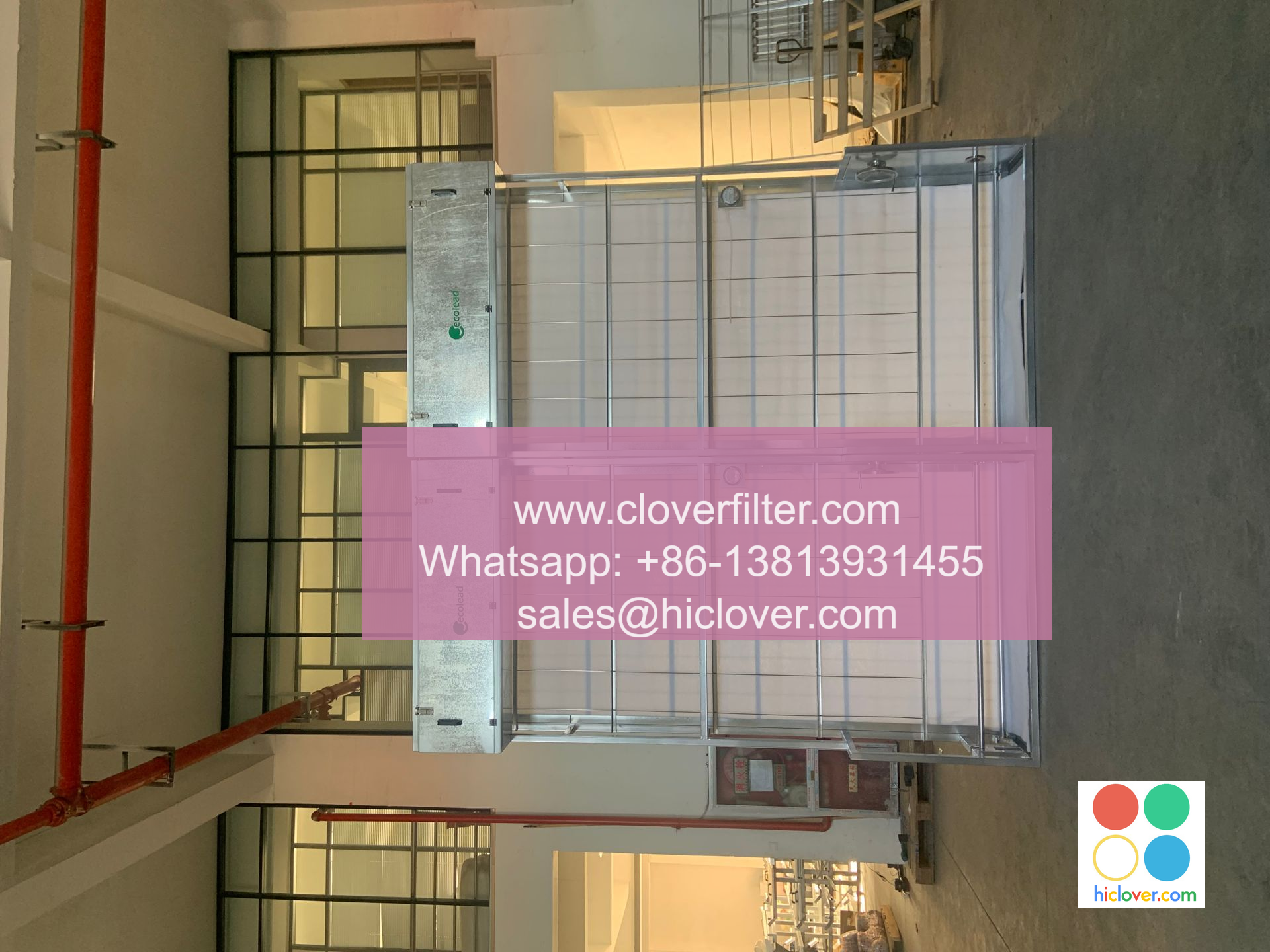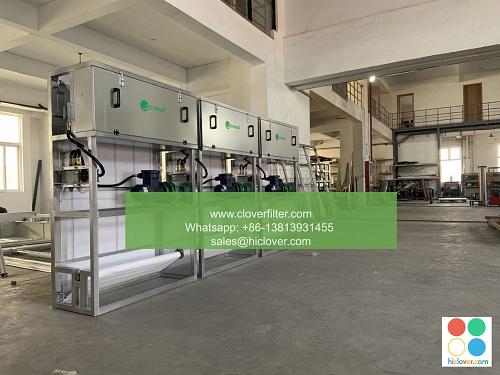Why ISO 16890 is a Global Standard for Air Filter Certification

The International Organization for Standardization (ISO) has established ISO 16890 as the global standard for air filter certification, replacing the existing European standard EN 779. This new standard provides a more comprehensive and detailed framework for testing and rating air filters, ensuring that they meet the highest quality and performance requirements. In this article, we will explore the significance of ISO 16890 and its application areas, including indoor air quality (IAQ), heating, ventilation, and air conditioning (HVAC) systems, and air pollution control.
Background and Development of ISO 16890
The development of ISO 16890 was driven by the need for a global standard that could address the complexities of modern air filtration systems. The previous standard, EN 779, had limitations in terms of testing procedures and rating systems, which led to inconsistencies in the classification of air filters. ISO 16890 addresses these limitations by introducing a more rigorous testing protocol and a new rating system based on the filter’s ability to capture particulate matter (PM) and nanoparticles.
ISO 16890 offers several key features and benefits, including:
* A more comprehensive testing protocol that evaluates the filter’s performance under various air flow rates and pressure drops
* A new rating system based on the filter’s ability to capture PM and nanoparticles, providing a more accurate assessment of its air cleaning efficiency
* Improved filter classification system, allowing for easier comparison and selection of air filters
* Enhanced quality control measures, ensuring that air filters meet the required standards and perform consistently over time
Application Areas of ISO 16890
ISO 16890 has a wide range of application areas, including:
* Indoor Air Quality (IAQ): ISO 16890 helps to ensure that air filters used in buildings and homes are effective in removing pollutants and allergens from the air, improving the overall indoor air quality.
* Heating, Ventilation, and Air Conditioning (HVAC) Systems: ISO 16890 provides a standardized framework for testing and rating air filters used in HVAC systems, ensuring that they meet the required performance and efficiency standards.
* Air Pollution Control: ISO 16890 is used in the development of air pollution control systems, such as air purifiers and scrubbers, which are designed to remove particulate matter and gaseous pollutants from the air.
* Industrial Applications: ISO 16890 is applied in various industrial settings, including manufacturing, pharmaceuticals, and food processing, where high-quality air filtration is critical to maintaining product quality and preventing contamination.
Conclusion
In conclusion, ISO 16890 is a global standard for air filter certification that provides a comprehensive framework for testing and rating air filters. Its application areas are diverse, ranging from indoor air quality and HVAC systems to air pollution control and industrial applications. By adopting ISO 16890, manufacturers and users of air filters can ensure that their products meet the highest quality and performance standards, providing a safer and healthier environment for everyone. As the world continues to grapple with the challenges of air pollution and climate change, the importance of ISO 16890 will only continue to grow, highlighting the need for high-performance air filtration systems that can effectively remove particulate matter and gaseous pollutants from the air. Prompt

